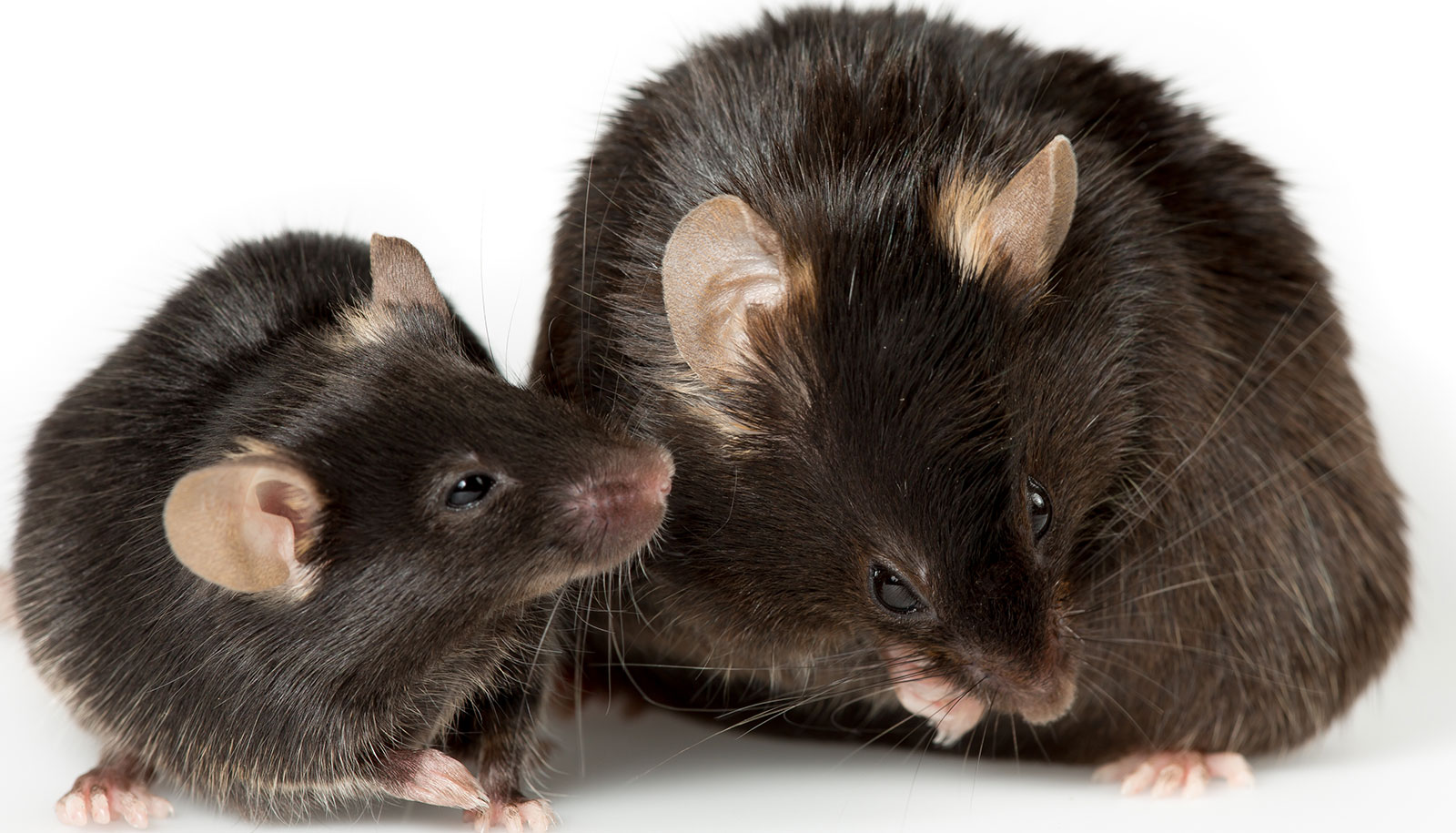A study on the factors driving a rise in weight gain among pregnant woman in Nepal rules out poor diet quality in the first trimester as one of the major causes, say the researchers.
Historically, one of the greatest challenges facing pregnant women in Nepal and other low-income countries was undernourishment, a result of poverty. While that continues to be a concern, doctors are seeing some of the same issues confronting women in western nations: excessive weight gain and the health risks that come with it, such as high blood pressure and gestational diabetes.
Obstacles to addressing the problem included a lack of data, prompting a pilot study on gestational weight gain among pregnant women in Nepal by Shristi Rawal, an assistant professor of nutritional sciences at the Rutgers School of Health Professions; Kelly Martin, a 2021 graduate of the doctor in clinical nutrition program and an assistant professor at the State University of New York College at Oneonta; and other faculty members.
Their findings appear in the journal BMC Nutrition.
Rawal, who is from Nepal, says the impact of diet quality has been studied in wealthier countries, but had not been investigated in the context of many low-income countries, including Nepal.
“Studies on perinatal complications have largely been based on Caucasian samples from high income countries, and there has been a lack of diversity in general in terms of women represented in these studies,” she says. “Pregnancy complications are increasing in Nepal, and no one was doing this work there. This is a first step.”
The study tracked 101 pregnant women receiving prenatal care at Dhulikhel Hospital at Kathmandu University. Rawal and her colleagues administered a 21-item questionnaire to assess intake of foods from groups categorized either as healthy (such as whole grains, fruits, and vegetables) or unhealthy (such as desserts, refined grains, and red meats), to the participants.
The study looked at diet quality in the first trimester and the rate of gestational weight gain from second to the third trimester but found no link between diet quality in early pregnancy and rate of gestational weight gain. It did find that a high intake of red meat could be a potential factor in driving up weight.
“The most striking result is that so many had excessive rate of gestational weight gain,” says Rawal. “If diet quality is not it, it could be daily caloric intake, physical activity, or sleep that could be associated with gestational weight gain. It could be other diet, lifestyle, or clinical factors. The next step is collecting more data and in a larger sample. ”
The pilot study established the need to conduct a larger birth cohort study with hundreds to thousands of women seeking antenatal care at Dhulikhel Hospital.
A key part of the pilot study also was to evaluate the efficacy of a novel dietary screening tool in capturing valid dietary data in the target population of Nepalese pregnant women.
In a paper published in the Maternal and Child Health Journal, the researchers conclude that the 21-question dietary screen tool modified for use by pregnant Nepalese woman is a valid and reliable instrument for assessing the dietary intake of pregnant women in Nepal.
“This adds credence to the tool, and we now know that it has cultural applicability to the setting and that it measures what it is intended to measure,” says Martin, who was the first author of both papers. “This is important for conducting further studies on diet quality in this population.”
Rawal is in the midst of a study testing a mobile app that supports Nepalese women with gestational diabetes by providing them with information and tools to adopt diet and lifestyle modifications needed to self-manage their condition.
Source: Rutgers University










